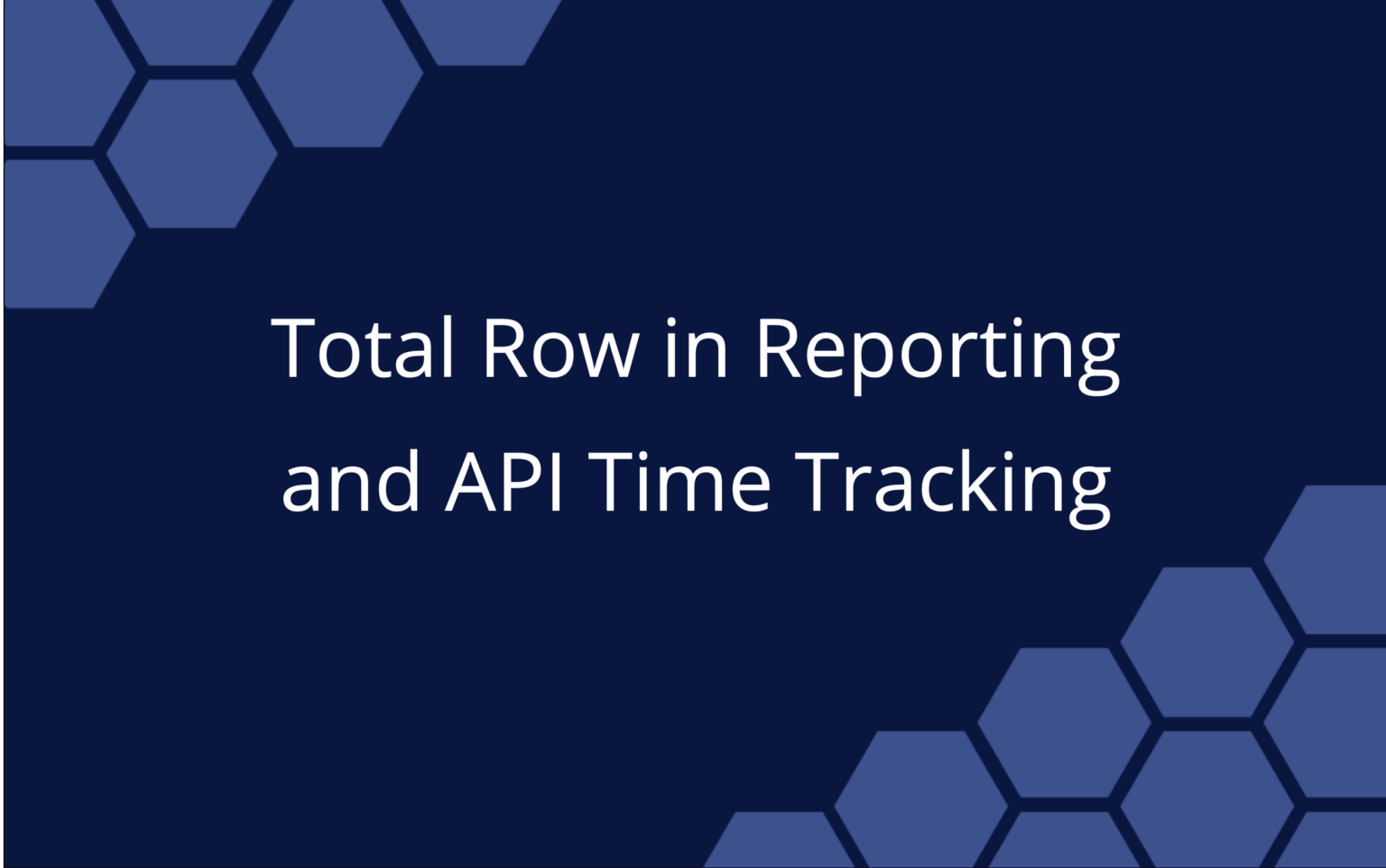Uncertainty is an inherent part of all projects. And how you and your team manage change seriously impacts your business. Agile firms grow revenue 37% faster and generate 30% higher prfits than non-agile companies. That’s a pretty good reason to start flexing your muscles to become an adaptable project manager.
Why planning for change matters
Change is going to happen – make the most of it.
You’re fooling yourself if you think your project plan and schedule will be the same six months down the road from now. Savvy project managers structure projects to embrace uncertainty and change rather than look for ways to avoid unexpected surprises. This is why ranged estimates based on best/worst case scenarios are reliable and effective.
It’s more productive to be proactive than reactive.
Anticipating unforeseen circumstances is a necessity. With software projects, for example, customer requirements evolve over time as technology evolves. With building construction projects, the design might be approved, but the general contractor knows there will be inevitable delays and change orders. The bottom line is that skilled project managers establish processes upfront to address these changes. This way, you can respond with the voice of experience rather than a reactive one.
Adaptability provides a better customer focus.
Sometimes it happens: Requirements aren’t completely defined and clients change their minds about their deliverables a few months into a project. It’s OK. Project managers have a customer service role to play in addition to a delivery role. An agile mindset lets you better assess, listen to and communicate change which builds trust.
Adjusting for uncertainty promotes better risk management.
All projects come with a level of uncertainty. If they didn’t, there wouldn’t be a need to manage risks. Uncertainty can result in schedule delays, poor estimates and numerous change requests. Rather than ignoring this fact, adopt solutions that embrace and manage uncertainty.
How to embrace change and uncertainty
Be more flexible.
- Consider using an agile project management style for smaller, faster-moving projects.
- Use time as a contingency buffer.
- Implement the risky features first.
- If you can, keep the dates, change the scope.
Speak with confidence and probability about commitment dates.
- Use a scheduling tool that supports ranged estimates.
- Use data to predict finish dates with probability.
- Show management how the project captures uncertainty and plans for changes.
Identify risks and add extra time to the high point estimates
- Determine which portion of the project carries the greatest amount of risk (i.e., most uncertainty; greatest potential for change orders).
- Based on the identified risks, see where you might need to allocate more time in the schedule. For example, add a time contingency buffer of one week before a key milestone.
- Add the extra time to the high estimation of your best/worst case estimate. This is your way of accepting that the risk could occur, and then making it part of your ranged estimations.
- Incorporate tribal knowledge and past project expertise.
Are you a master of change management? Give us your thoughts in Comments!
 Say hello to the new Tempo! LiquidPlanner is now Portfolio Manager.
Say hello to the new Tempo! LiquidPlanner is now Portfolio Manager. 








